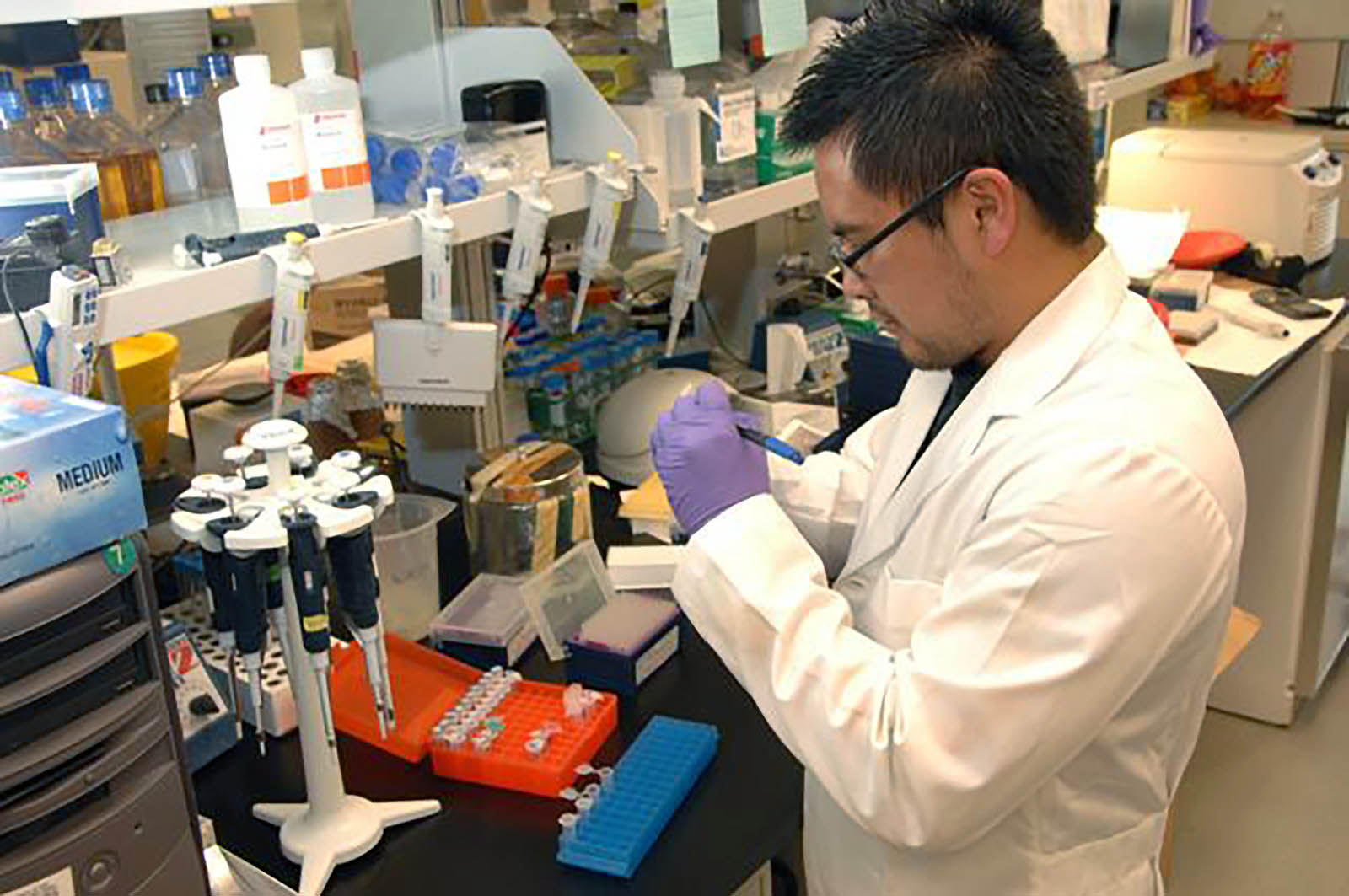Scientists have uncovered a way to control many genes in engineered yeast cells. This could signal a means for developing more efficient and sustainable production of bio-based products.
The fungus Saccharomyces cerevisiae is commonly used in biotechnology. The yeast has a long history in terms of producing bread and beer, across thousands of years (because of its enormous fermentation capacity and its high ethanol tolerance). In more recent times S. cerevisiae can be engineered to produce an array of useful compounds for the development of pharmaceuticals, fuels, and food additives.
However, achieving optimal production of these products is complex and scientists need to decipher the specific biochemical networks inside the yeast cell and then ‘rewire’ it and extended through the addition of new enzymes together with the tuning of gene expression levels.
Klaudia Ciurkot, the lead researcher explains: “To overcome the challenges of optimising S. cerevisiae cells for bio-production, we explored the use of a less widely employed CRISPR (clustered regularly interspaced short palindromic repeats) technology based on the Cas12a protein. Unlike the Cas9 protein that is more commonly used, Cas12a can be rapidly programmed to interact with sequences that are responsible for controlling gene expression and easily targeted to many different sequences at the same time.”
CRISPR is a technology that can be used to edit genes. The technology provides a way of finding a specific bit of DNA inside a cell. After that, the next step in CRISPR gene editing is usually to alter that piece of DNA.
She adds: “This made it an ideal platform for carrying out the complex gene regulation often required for producing industrially relevant compounds.”
The research is the first to demonstrate Cas12a’s ability to control gene expression in S. cerevisiae. By adopting a systematic approach, the researchers were able to pull apart and analyse the many difficult aspects of the system.
In addition to analysing how the Cas12a-based system is best engineered, the scientists went on to show its use in robustly controlling the production of β-carotene — an industrially important compound used in production of food additives and nutraceuticals.
The research is titled “Efficient multiplexed gene regulation in Saccharomyces cerevisiae using dCas12a” and it appears in the journal Nucleic Acids Research.














